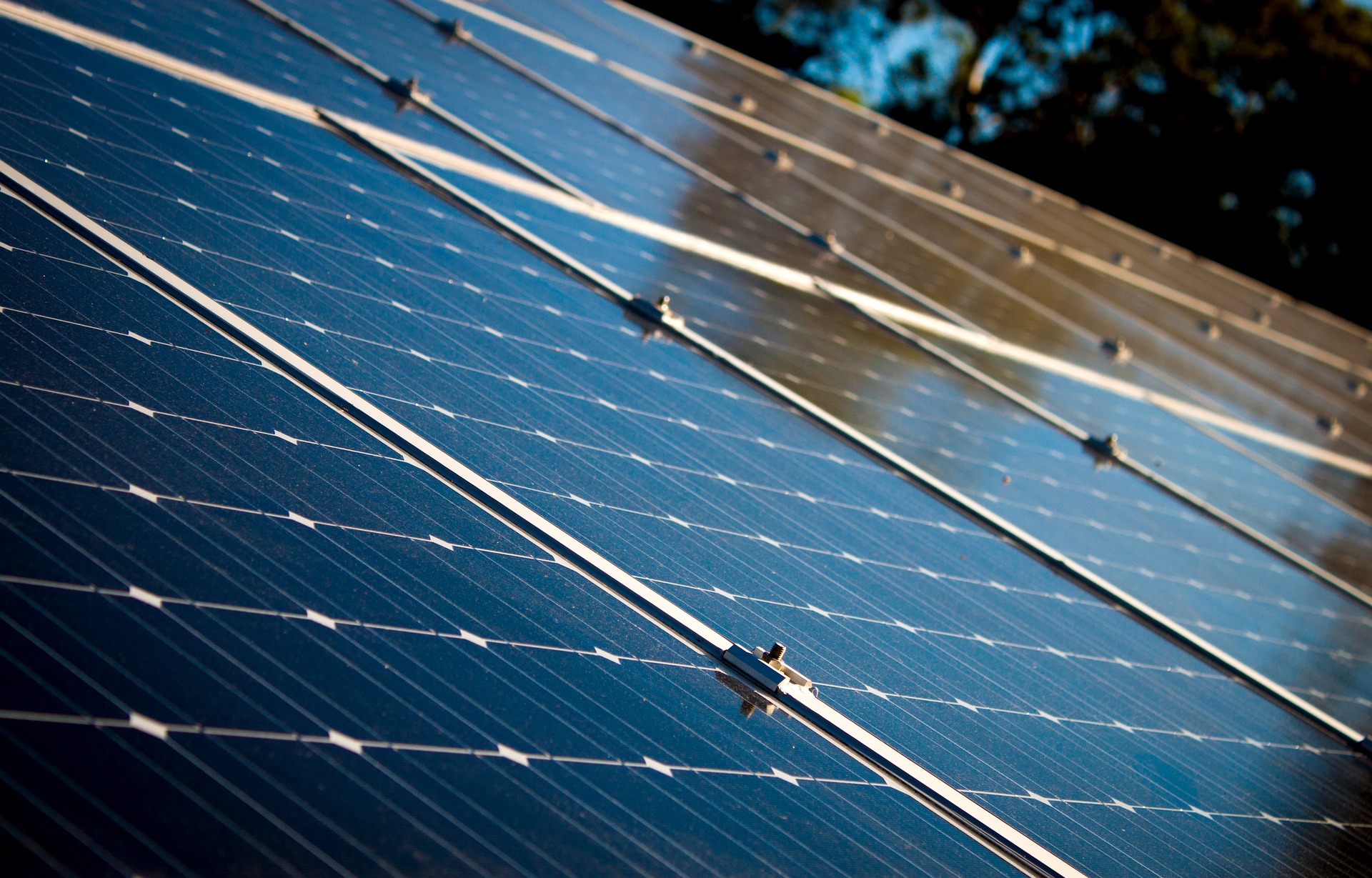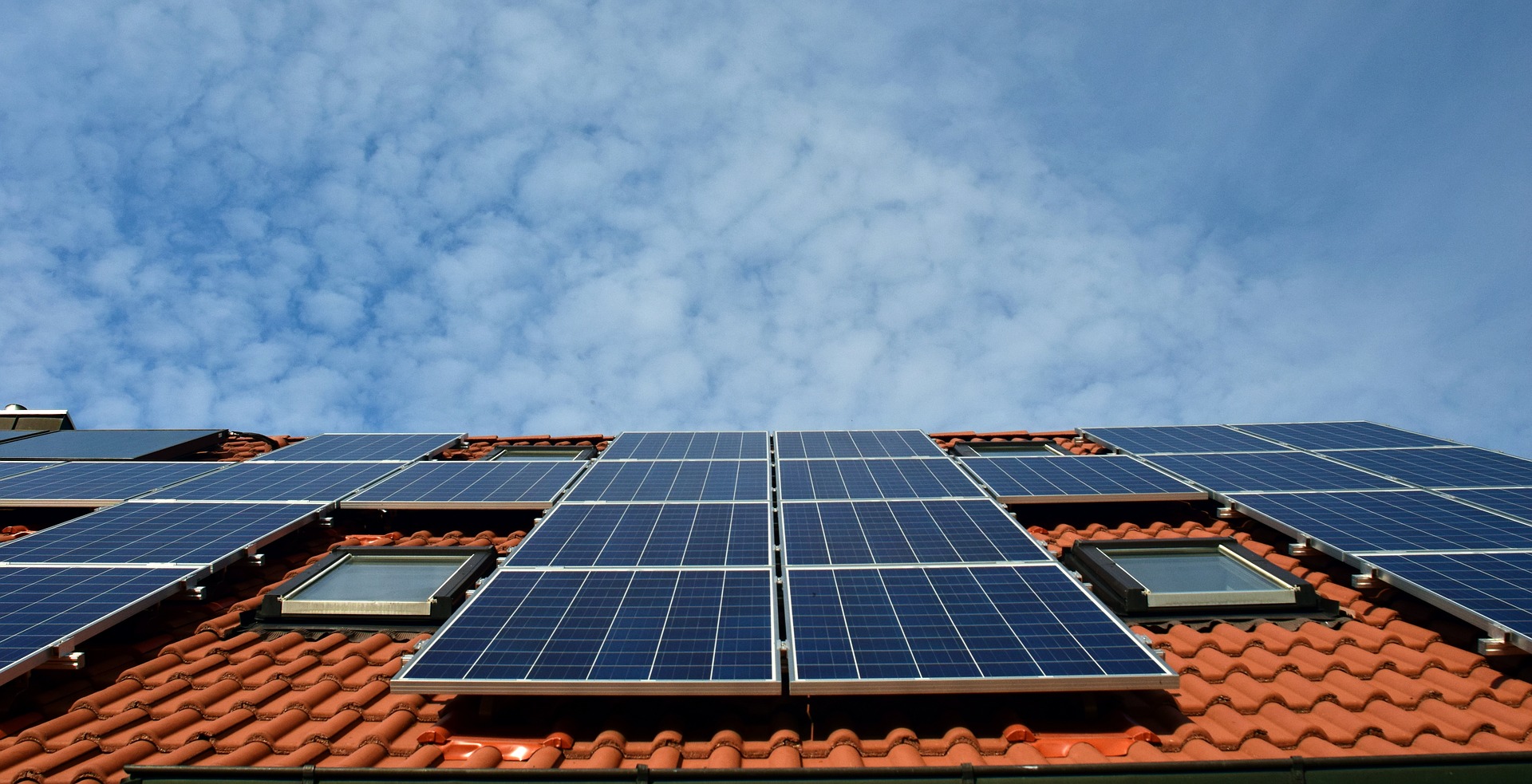

“Oh Mr. Sun, Sun Mr. Golden Sun, please shine down on me!”
Solar power is a type of green energy in which sunlight is converted from rays emitted by the sun into usable electricity.
Our sun is essentially a natural nuclear reactor. Every day the sun releases energy called photons, which travel millions of miles from the sun’s surface to Earth. Every hour, enough photons impact our planet to generate enough solar energy to theoretically satisfy global energy needs for an entire year.
In order to harness that energy inventors have created mechanisms called solar panels, which works to catch the sun’s photons and turn them into electricity.
Solar panels are made up of multiple smaller solar cells, wired together to form a solar array.
When a photon hits a solar cell, they knock electrons loose from their atoms. If conductors are attached to the positive and negative sides of a cell, it forms an electrical circuit. When electrons flow through this circuit, they generate electricity.
It stands to reason that the more panels you can deploy, the more energy you can expect to generate.

Early solar technologists first came to record, back in the 1860’s.
Charles Fritt is the first person documented to have pioneered the use of solar energy when he installed the world’s first rooftop photovoltaic solar array. The solar array used 1%-efficient selenium cells and was fastened to a New York City roof in 1884.
Unfortunately this solar movement was short lived because of the economy and availability of coal and petroleum.
Presently solar power is a rapidly growing energy form. Driven by continents like Europe, the use of solar power has quickly spread to the Americas and Asia.
From 2000 to 2013 the averaged growth of photovoltaics (the mechanism used to convert solar energy into electricity) has been about 40% per year.
